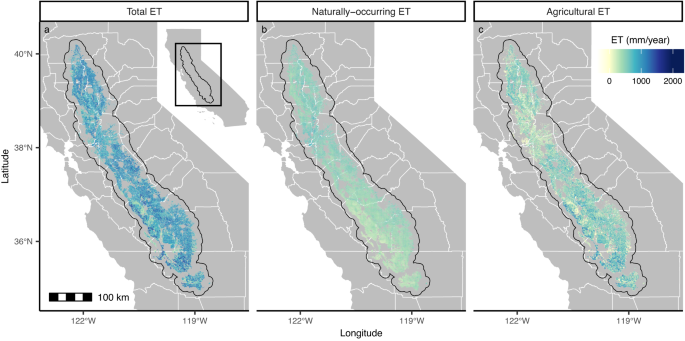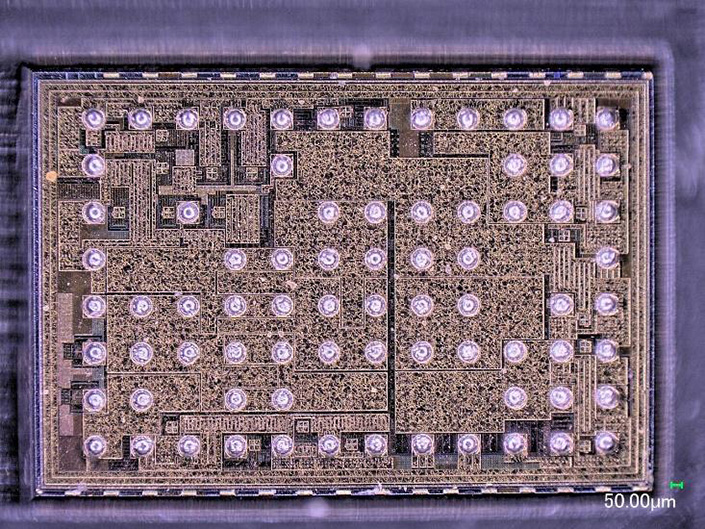2024-03-25 パデュー大学
<関連情報>
- https://www.purdue.edu/newsroom/releases/2024/Q1/machine-learning-model-demonstrates-effect-of-public-breeding-on-rice-yields-in-climate-change.html
- https://www.pnas.org/doi/10.1073/pnas.2309969121
将来の気候シナリオの下で、公的品種改良が米国のコメ収量にプラスの効果をもたらす Positive effects of public breeding on US rice yields under future climate scenarios
Diane R. Wang, Sajad Jamshidi, Rongkui Han, +2, and Susan R. McCouch
Proceedings of the National Academy of Sciences Published:March 18, 2024
DOI:https://doi.org/10.1073/pnas.2309969121

Significance
Rice production in the United States offers a unique model system with which to link genetics and climate change. Here, we model the relationship between genetic variation, yield, and weather using acreage data from the Southern U.S. rice-growing region from 1970 to 2015. We find evidence of positive effects of public breeding on rice resilience to future temperature and precipitation the by comparing predicted performance of groups of more recently released varieties to that of groups of older varieties. In contrast, no differences in relative yield performance were detected between groups of varieties released by state-located breeding programs. Our study provides strategies to examine the relationship between genomic variation and climate resilience that may be extended to other economically important crop species.
Abstract
In this study, we model and predict rice yields by integrating molecular marker variation, varietal productivity, and climate, focusing on the Southern U.S. rice-growing region. This region spans the states of Arkansas, Louisiana, Texas, Mississippi, and Missouri and accounts for 85% of total U.S. rice production. By digitizing and combining four decades of county-level variety acreage data (1970 to 2015) with varietal information from genotyping-by-sequencing data, we estimate annual historical county-level allele frequencies. These allele frequencies are used together with county-level weather and yield data to develop ten machine learning models for yield prediction. A two-layer meta-learner ensemble model that combines all ten methods is externally evaluated against observations from historical Uniform Regional Rice Nursery trials (1980 to 2018) conducted in the same states. Finally, the ensemble model is used with forecasted weather from the Coupled Model Intercomparison Project across the 110 rice-growing counties to predict production in the coming decades for Composite Variety Groups assembled based on year of release, breeding program, and several breeding trends. Results indicate positive effects over time of public breeding on rice resilience to future climates, and potential reasons are discussed.



